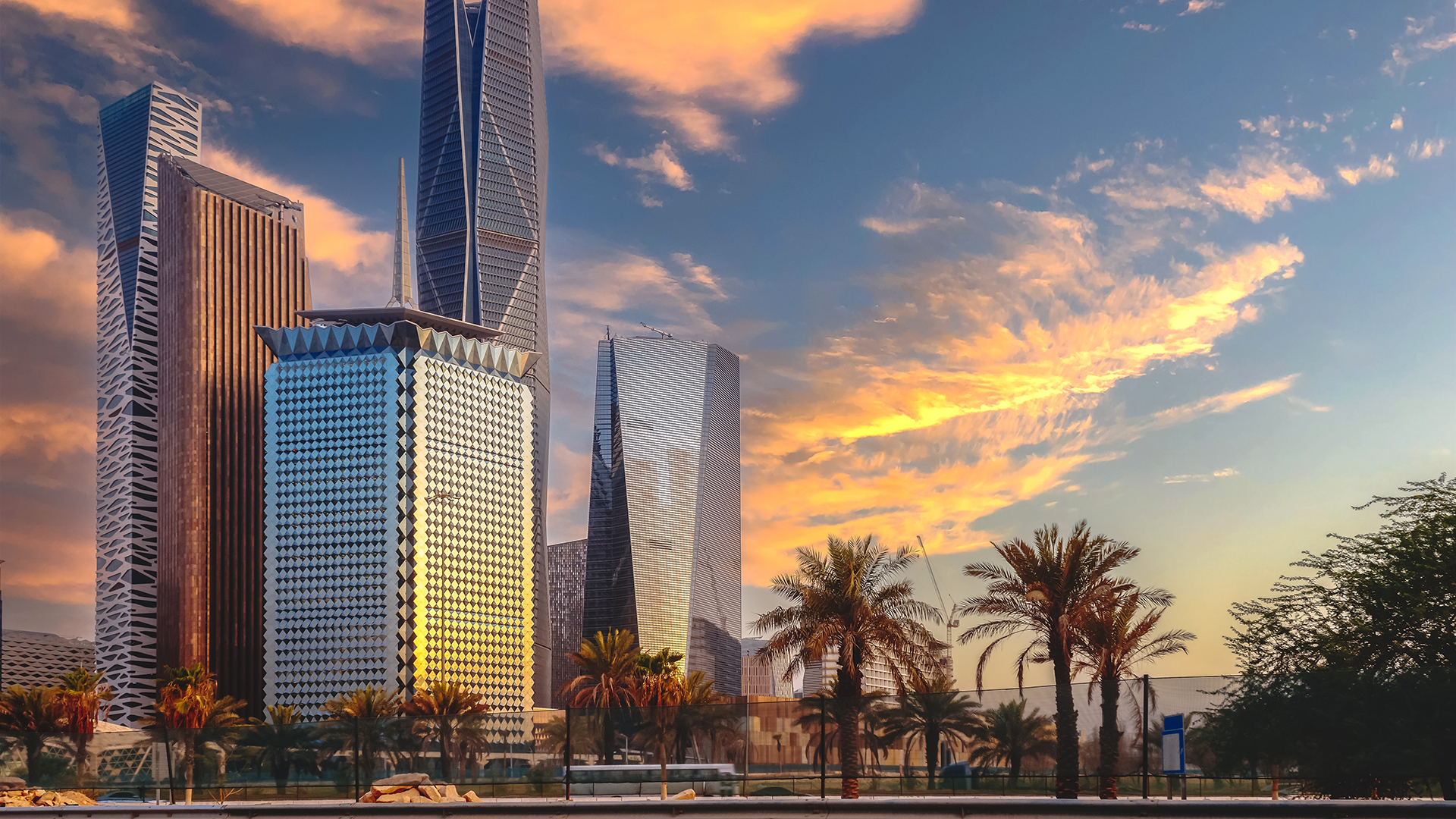When will the budget crack, and will all that silly spending on golf, soccer, and tennis be cut?
Saudi Arabia has ordered energy giant Aramco to maintain its oil production capacity at 12 million barrels per day, abandoning a planned increase, the firm said on Tuesday afternoon.
The country had plans to boost oil output to 13 million barrels a day by 2027, which would still leave it short of American daily production of 13.2 million barrels a day.
Riyadh announced the planned production capacity increase in October 2021, the same month it pledged to achieve net-zero carbon emissions by 2060.
"Aramco announces that it has received a directive from the Ministry of Energy to maintain its maximum sustainable capacity (MSC) at 12 million barrels per day," instead of ramping it up to 13 million bpd, Aramco said in a statement.
"The company will update its capital spending guidance when its full-year 2023 results are announced in March.”
It is an obvious cost-saving measure but also a recognition that demand for this key fossil fuel will not grow very much over the next few years.
American oil production is rising, expecting to lift exports to around 5 million barrels a day over the next few years and is already the largest exporter of LNG.
Production from Guyana is forecast to more than double from around 400,000 barrels a day to more than a million by 2027, according to BMI, the commodity research arm of Fitch Ratings.
By 2030, Guyana could have added the million barrels a day in production that the Saudis have just cut, if Venezuela doesn't try to seize the country to make up for its poor management of its huge reserves.
Saudi Arabia is the world's largest crude exporter, and Aramco is the pipeline for all that oil to the rest of the world.
It could sell more — after a series of production cuts dating back to October 2022, Saudi Arabia's daily output is around nine million bpd, far below its capacity of 12 million bpd.
Aramco claims it will have an extra million barrels of oil a day available by 2030 as Saudi Arabia cuts domestic oil consumption through higher use of gas, renewables, and EVs.
Aramco's profits are expected to finance Crown Prince Mohammed bin Salman's sweeping economic and social reform program known as Vision 2030, which aims to lay the groundwork for an eventual post-oil future.
In early January, Aramco cut its February loading price to customers in Asia by $US2 a barrel, its lowest level for 27 months. That was a recognition of the weakness in demand and the failure of its OPEC+ production caps with Russia, which has replaced the Saudis as the biggest supplier to China.
Global oil prices fell by about 10% in 2023 (for US WTI crude and Brent) but are up around 7% so far in January because of the fighting in Gaza and the attacks on shipping in the Red Sea and nearby areas.














